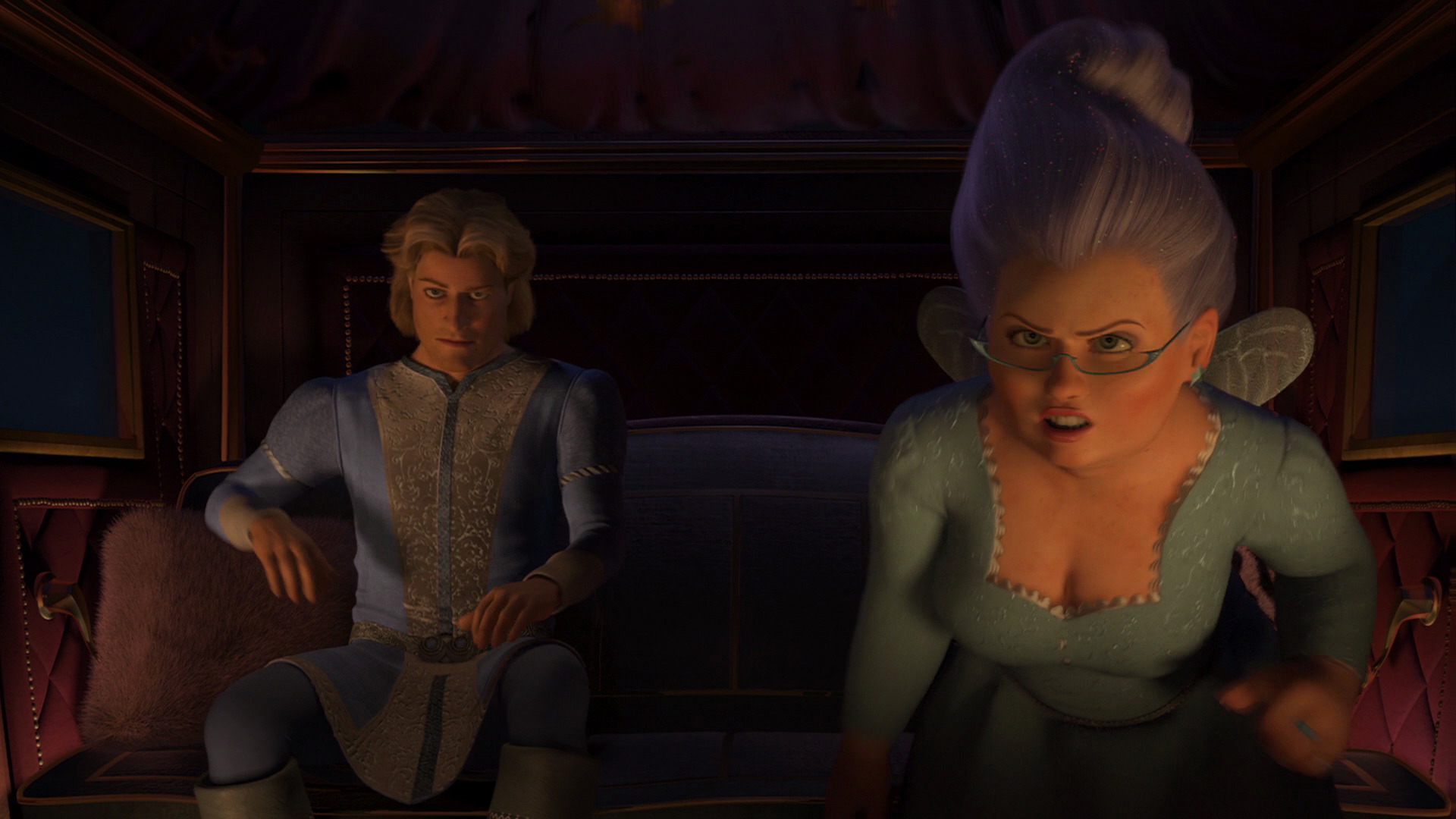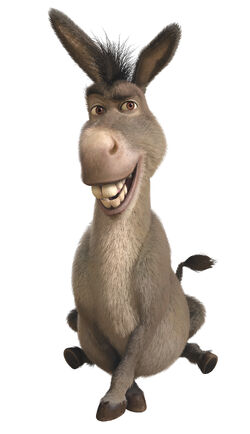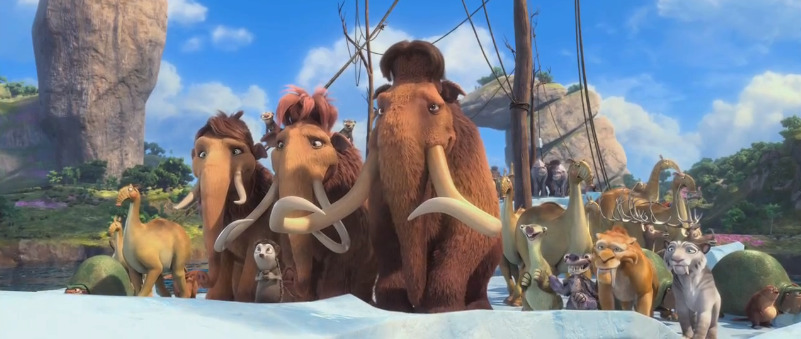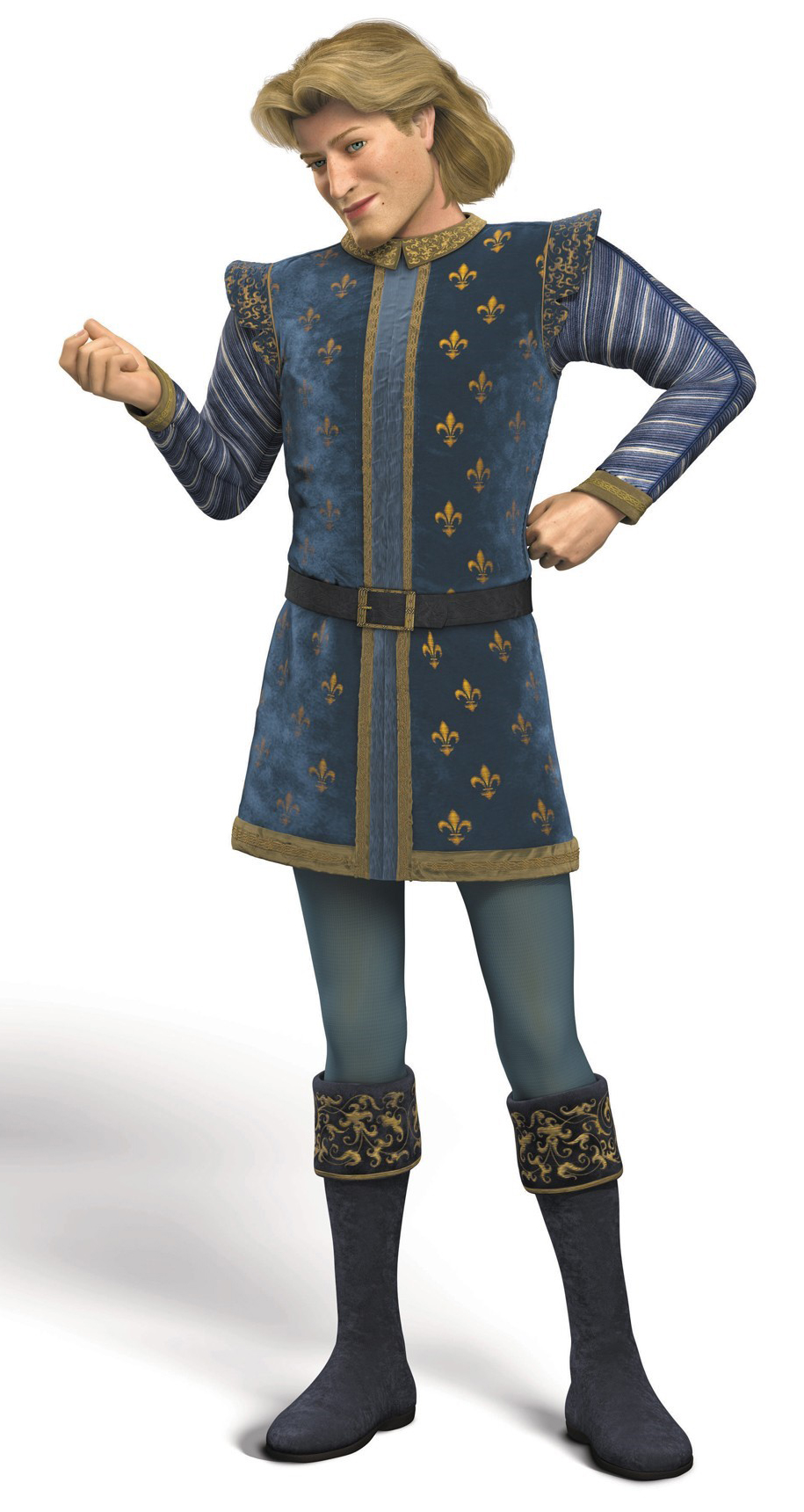Key Theory
Narrative:
Todorov's Narrative Theory:
- He created a theory in 1969 and he thought that this theory could be applied to any kind of film.
- He also believed that each and every film was following the same narrative pattern every time.
- He felt that the pattern fell into 5 different stages:
- Equilibrium: where we first meet the characters of the film
- Disruption: where something occurs which affects the characters lives.
- Realisation: when the characters realise that something needs to be done (about the disruption)
- Dis-equilibrium: where the characters are compelled to sort out the situation and try to fix it.
- New equilibrium: where everything is back to the way it was originally or at least better.
- Example: Ice Age 4
Disruption: The disruption is when the characters are separated by a disaster. And are kidnapped by pirates.
Dis-equilibrium: the dis-equilibrium is where the characters fight against the bad characters who are stopping them from going home.
New equilibrium: Unfortunately their home is destroyed but they find a new home and they are all together.
Roland Barthes Narrative Theory:
- His job was to be a semiologist and his job was being paid to look at "texts"and figure out how they were put together.
- For example a text can be like a ball of string; can it be unravelled in more than one way?
- It was his idea that texts could either be Closed or Open
- Closed: there is only one thread to pull
- Open: can be unravelled in various different ways
- He believed that the threads you pull on to attempt and find the meaning are called Narrative Codes
- He also believed that these included Action and Enigma Codes
- Action codes: are specific events in which move on the narrative in a certain direction. For example if some one gets into a car you predict that obviously they will drive it. This applies to any action that implies a further narrative action
- Enigma codes: These codes raise questions in the audiences minds which are then answered soon after or later on in the film. Questions like: who is he? where is she going? what are they doing? These codes refer to any part within a story that isn't explained and so it exists as an enigma for the audience, which is raising questions in their minds that demand an explanation.
 Levi Strauss Binary Oppositions:
Levi Strauss Binary Oppositions:
- He believed that our world was split into a series of binary opposites
- Binary Opposites means that we only understand was like good means when you see bad or can only be defined for something it isn't. For example a hero is only the hero if there is a villain in the frame too.
Vladimir Propp's Character Codes:
- He created a character theory in order to study media and productions.
- He analysed 100 tales and found 8 distinctive character types which can be applied to all media.
- The character types would be:
- Hero - the major character who the reader will generally associate most strongly and the key character within the story.
- Villain - the villain is typically morally bad which accentuates how good the hero is and is the one who struggles directly against the hero.
- The Princess/Female Love Interest - she could be the woman who the hero falls head over heels for, maybe has to rescue from the villain.
- The Helper/Sidekick - this character helps the hero in their quest and is supportive in critical moments.
- The Donor - this character gives the hero something special like a magical object or clothing or words of wisdom
- The Dispatcher - this character has an early role of dispatching the hero on a mission e.g James Bond
- The False Hero - the characters whose intentions seem good at first but as the story progresses we find that they have an ulterior motive. Perhaps working for the villain or can actually be the villain. e.g Sky High
- The Princess's Father - a character who constrains the princess or can be the dispatcher who send the hero to save the Princess.
Example Film: Shrek 2
Hero:

Villain & Donor:

Princess/Love Interest:

The Helper/Sidekick:

Representation Types:
- Age
- Gender
- National/Regional Identity
- Race
- Disability
- Class
Laura Mulvey’s Male Gaze Theory
· Visual pleasure and Narrative Cinema was an essay that was written by Laura Mulvey in 1975.
· The essay coined the phrase male gaze, which became a film theory.
· The theory suggests that the male gaze denies women human identity, downgrading and objectifying them, only to be admired for physical appearance.
· It suggests that women can more often than not only watch a film from a secondary perspective and not from a mans point of view.
· The theory suggests that the presence of a woman in mainstr eam film texts is vital. The theory suggested that the female character hasn’t real importance and that it’s about how she makes the male feel or act.
· The male gaze leads to Hegemonic ideologies within our society. Hegemonic means ruling or dominant in a political or social context.
· Mulvey states that the role of a female character in a narrative has two functions:
1. As an erotic object for the characters within the narrative to view
2. As an erotic object for the spectators within the cinema to view
· Mulvey also discussed the term “Socophilia” It means the love of watching. Movie-making and movie-viewing have long been analysed as socophilic practices.
· Patriarchal society: men dictating the rules e.g. Obama, David Cameron
Stanley Cohen Theory
- he believes that particular groups in society are 'demonised' and 'marginalised' through negative representations which may have the effect of causing a 'moral panic' where the majority of society fears that social group.
- Witch hunts are an example of mass behavior fueled by moral panic.
There are five main points to do with this theory :
- Concern – There must be belief that the behaviour of the group or category in question is likely to have a negative effect on society;
- Hostility – Hostility towards the group in question increases, and they become 'folk devils'. A clear division forms between 'them' and 'us';
- Consensus – Though concern does not have to be nationwide, there must be widespread acceptance that the group in question poses a very real threat to society. It is important at this stage that the 'moral entrepreneurs' are vocal and the 'folk devils' appear weak and disorganized;
- Disproportionality – The action taken is disproportionate to the actual threat posed by the accused group;
- Volatility – Moral panics are highly volatile and tend to disappear as quickly as they appeared due to a wane in public interest or news reports changing to another narrative.
Andrew Goodwin's Theory
Goodwin's theory states that there are 6 key aspects to a music video.
- "Music Videos demonstrate genre characteristics" - The music video will contain genre conventions and characteristics in terms of style and iconography. This is used to set up expectation and meaning.
- "There is a relationship between lyrics and visuals" - Disjuncture: the meaning of the lyrics is completely ignored and irrelevant to the music. There is no clear link between the lyrics and visuals. Amplify: the meaning in the lyrics are exaggerated but still have some link to the lyrics and music. Illustrate: This is the most common as it displays a clear meaning and distinguishes a clear link to the lyrics and song.Links very closely to the relation of the lyrics.
- "There is a relationship between music and visuals" - Goodwin believed that a music video can promote a song by the way it analyses the lyrics. This is shown in a lot of music videos when a character in the music video does exactly what the song says. For example, if the lyrics were jump, jump, jump! Those characters would be doing that action in time with the music.
- "The demands of the record label will include the need for lots of close ups of the artist and the artist may develop motifs (style) which recurs across their work" - The star of the music video would be the artist/singer. They are used to promote. As they are the stars they are given the most screen time.
- "There is frequently reference to notion of looking and particularly voyeuristic treatment of the female body" - Voyeurism is where the audience look. They derive sexual pleasure from looking. It is sexualising movie stars and artists within the music video.
- "There is often intertextual reference" - in a music video there may be references to other things like other music videos, films, books, pop, culture etc. This also makes the audience more interested.
Angela McRobbie's Gender Stereotypes Theory
- Angela McRobbie was born in the United kingdom in 1951
- She did a post graduate degree at the University of Birmingham and is now known as a British cultural theorist
- She has taught in London and has taught at Loughborough University. She is currently a Professor of Communication at Goldsmiths at the University of London.
- Her gender stereotypes theory is a very popular and well-known one.
- A lot of her research went into the magazine industry. What she mainly researched was how gender roles were represented within different types of media
- She really feels that in the media doing this influences us as humans into what things we should or should not be doing. They socialize us into out gender roles. She suggests that humans behave like they do because how the media tells them to act and do with their lives.
- She believes that in a lot of media texts, men are portrayed by the following:
- Masculine
- Aggressive
- Powerful
- All-Knowing
- She believes that in most media texts, women are portrayed by the following:
- Weak
- Submissive to men
- Traditional Roles (stay-at-mother, nurse)
- Required to be pretty
- Not sporty
- Be quiet
.JPG/revision/latest?cb=20120701222009)













No comments:
Post a Comment